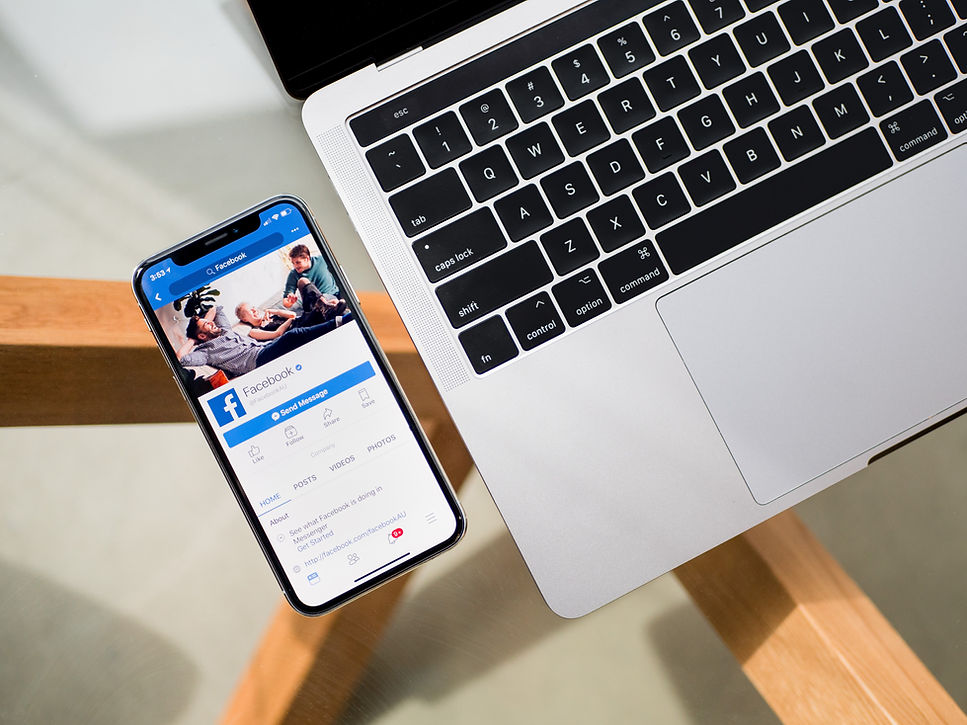
Our Research

What does the Facebook social media platform enable us to do? What does
the user-interface look like?
Facebook is a social media platform which allows users to express themselves including their thoughts, opinions, beliefs be it political or religious to the outside world. It is quite possibly one of the largest social media platforms and the most user-prolific of them all. There is a total percentage of “60.6 percent of internet users” with a total of “2.7 billion monthly active users” (Mohsin, 2019). Perhaps you have friends that would like to know a little bit more about you beyond the workplace or classroom. Facebook allows your friends to get an inside look at matching, identical interests whether it’s your favorite movie, your favorite book, etc. As identified in the theory of homophily, people are more likely to befriend another in a specific social network so long as they have identical interests as well as both use the same social media network. Facebook helps people establish or preserve relationships with friends, relatives and coworkers. Facebook is also well known for the distribution and presentation of information from various media journalist outlets that share their pages whether it’s delicious recipes you find attractive or news articles that pertain to your personal interests, that then draw your attention to those journalist websites that provide that information. Likewise, it operates in the same fashion as a newspaper or magazine, exposing us to multiple advertisers at once, that study our likes, our interests, our brand opinions in order to seek us out on our news feed, and entice us to go to their website that adheres to our sense of style or matching interests. Gaming Companies can drop a video of a highly anticipated title in order to draw people to buy the game from their company whether it’s Sony or Microsoft. Facebook is a free enterprise where information is shared and exchanged to other people. It helps users construct an identity that is appealing and attractive to our friends and potential friends. It shows us a side of ourselves that we typically don’t portray to the confines of our office space or classroom. It provides a stable, attractive mask to people within our community of friends that show that we are active, making our way in the world, and happy when we may otherwise feel the exact opposite of feeling or possessing. The only problem with this is that it promotes anonymity that can be catered to promoting toxicity. Social Media provides a secure, protective wall that secures a person from the exposure to nonverbal communication of the other person they are confronting as well as spare them from saying such things to their face in the midst of a face-to-face interaction. Masks could hide intentions and hide agendas that can be used to damage and degrade one’s self esteem in order to drain it from you for themselves. On one final note, Social Media platforms like Facebook represents the social impact technology has on its consumers. Critical Mass Theory hones in on this idea. When a technology reaches a vast number of adopters, a vast amount of people may be influenced by their friends to adopt this technology or social media. The User Interface is designed to personalize your profile on who has access to your posts and pictures with a clean, organized structure while also granting its users the freedom to manage the content they receive on their news feed. It places “emphasis on its posts” (liquid designs, 2017). To give users a more human representation of their profile, they updated the profile picture frame from a generic square, to a rounded circle. Facebook is constantly improving and learning from their previous design flaws and mistakes, re innovating their UI to prevent one from straining themselves to exhaustion upon scrolling down the page be it phone or computer.
https://www.oberlo.com/blog/facebook-statistics
http://liquiddesigns.in/facebooks-new-user-interface/